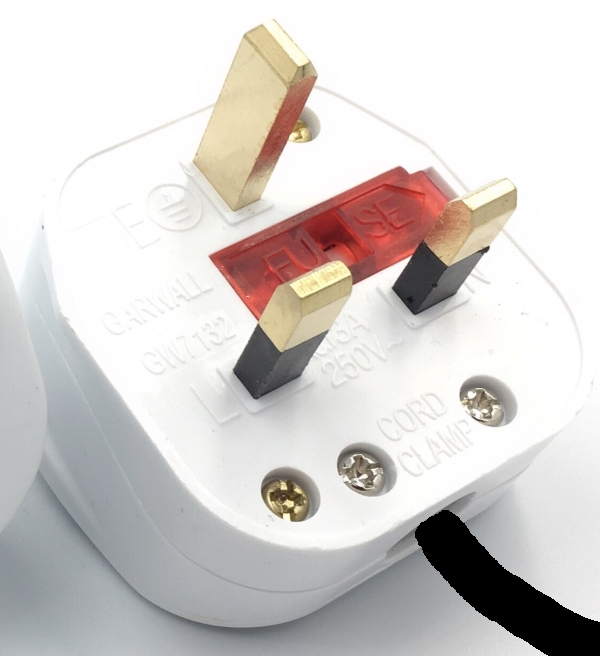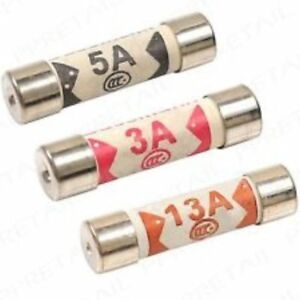Power
We know from studying forces that energy and power are related. Power is about how quickly an amount of energy is used. The unit of power is the watt (W) and 1 watt is equivalent to 1 joule per second. If you look at the section on energy you can review how energy and force are related using the concept of work.
The relationship between energy and power is expressed in the relationship:
Where:
P is power (W)
E is energy (J)
t is time (s)

In a school the physics teacher asks a pupil to walk up the stairs to the first floor. The student takes 20 seconds to climb the stairs. The height difference between the ground floor and the first floor is 4.0 m. The student has a mass of 51 kg. We can claculate the gravitational potential energy (GPE) gained by using the equation:
Where:
Ep is the GPE gained
m is the mass of the student = 51 kg
g is the gravitational field strenght on Earth = 9.8 m s-2
h is the gain in height = 4.0 m
We can now determine the power of the student walking up the stairs.
The student was asked to repeat the experiment, but this time to run up the stairs. The time it took the student to run up the stairs was 5.0 seconds. We can now determine the power of the student running up the stairs. The energy has not changed, because it is still the same GPE gain.
From this we can see that running up the stairs requires a greater power than walking up the stairs. This is because the same amount of energy is being used in a shorter period of time in the running experiment.
Electrical power
When we are using electrical appliances they often have a power rating. Below is a table of some household appliances and their power ratings
| Household Appliance | Power (W) |
|---|---|
| phone charger | 5 |
| fridge | 300 |
| LED lamp | 6 |
| florescent lamp | 20 |
| filament lamp | 100 |
| tablet | 10 |
| oven | 2750 |
| hairdryer | 2500 |
| kettle | 1900 |
| 42" LED TV | 60 |
| computer | 200 |
| iron | 1200 |
| chromebook | 45 |
| water heater | 1300 |
| vacuum cleaner | 500 |
| tumble dryer | 2500 |
| hand mixer | 500 |
| electric hob | 1500 |
| mobile phone | 0.8 |
You may notice that all of the appliances producing heat energy have high power rating. They are all over 1000 W in their power rating.
You can also see that lighting has become much more efficient, with a 6W LED lamp producing the same amount of light as an old 100 W filament lamp. This is one of the reasons that filament lamps are no longer sold in Scotland.
The definition of electrical power is the electrical energy used per second. We know that measuring the potential difference (voltage) across a device is a measure of the energy being used. So it would be helpful to have a relationship between power, voltage and current. This is given in the equation below:
Where:
P is power (W)
I is current (A)
V is potential difference (V)
A television on a circuit with a voltage of 230 V has a current of 0.26 A flowing through it. Determine the power rating of the television.
V = 230 V, I = 0.26 A, P = ?
We therefore wish to use the equation
We can use our knowledge of Ohm's Law to modify the power equation, which will allow us to determine the power a device requires if we know any two of voltage, current or resistance.
Power when we know votlage (V) and current (I)
Power when we know current (I) and resistance (R)
Power when we know voltage (V) and resistance (R)
We can now look at some examples of the use of these equations. When reading the questions it is important to work out which pieces of information are present in the question in order to work out which of the four power equations to use.
Question 1
A toy car with a 6.0 V battery operates an electric motor with a resistance of 80 Ω. Determine the power disippated in the motor when the car is moving.
The numerical information that can be extracted from the question is:
V = 6.0 V, R = 75 Ω, P = ?
From this we can see that we need to use the equation:
Substituting in the values given in the question gives us
Question 2
The current through an old filamnet lamp with a 12 V supply is 4.0 amps. Calculate the power rating of the lamp.
The numerical information that can be extracted from the question is:
V = 12 V, I = 4.0 A, P = ?
From this we can see that we need to use the equation:
Question 3
A lamp operates with a voltage of 3.0 V and a current of 2.0 A for a time of 60 seconds. Determine the energy transferred to the lamp in this time.
The numerical information that can be extracted from the question is:
V = 3.0 V, I = 2.0 A, t = 60 s, E = ?
There is no direct equation connecting V, I, t and E. There are two equations that may help:
and
If we combine these two equations we get
This can be shortened to:
Now we can substitute into the combined equation, the data from the question
Solving this equation gives:
This type of question can appear in the National 5 Exam and would be given 4 marks.
Question 4
A motor with a resistance of 100 Ω has an operating current of .50 Amps. Calculate the power dissipated in the motor when operating.
The numerical information that can be extracted from the question is:
R = 100 Ω, I = 0.50 A, P = ?
From this we can see that we need to use the equation:
Question 5
The electric motor in a Renault Zoe car has a power rating of 100 kW. It operates using a battery pack that supplies 400 V. Calculate the current flowing through the electric motor.
The numerical information that can be extracted from the question is:
P = 100 × 103 W, V = 400 V, I = ?
From this we can see that we need to use the equation:
Substituting in the values from the question gives:
Fuses
The symbol for a fuse is:

A fuse contains a thin strip of wire, which will melt if too high a current flows through it. This causes a break in the circuit. This break in the circuit stops too high a current flowing in the cable coming out of the plug and so it does not overheat.
In the picture below you can see the three pins of a mains plug, with a red cover over the fuse.

The purpose of the fuse is to protect the cable going out from the plug to the appliance. In the picture above, that is the black cable coming out of the plug. The fuse protects this cable from overheating. The cable would overheat if too high a current passed through it. The overheated wire could melt the plastic insulation and cause sparks resulting in a fire.
Selecting the right fuse
In the table of household appliances and their power ratings above we can see that some appliances have ratings as low as 6 W, while others have a rating of 2500W. We cannot use the same fuse for these different appliances. Therefore we must have a way of working out which type of fuse to use

The exam board only requires you to know when to use a 3 amp or a 13 amp fuse. If a device has a power rating of 720W or below it is safe to use a 3 amp fuse. For all appliances with a rating greater than 720 W the 13 amp fuse should be used.
Why is the rating of 720 W selected for the cut off point befor selecting a higher rated fuse? This is a historical number based on the mains voltage in the past, which was slightly higher than the 230 V that we use today.
Substituting in the fuse values gives:
This calculation shows us what the mains voltage was historically. Today you are expected to know that mains voltage is 230 V at a frequency of 50 Hz. You can find out more at the page on Electrical Charge Carriers.